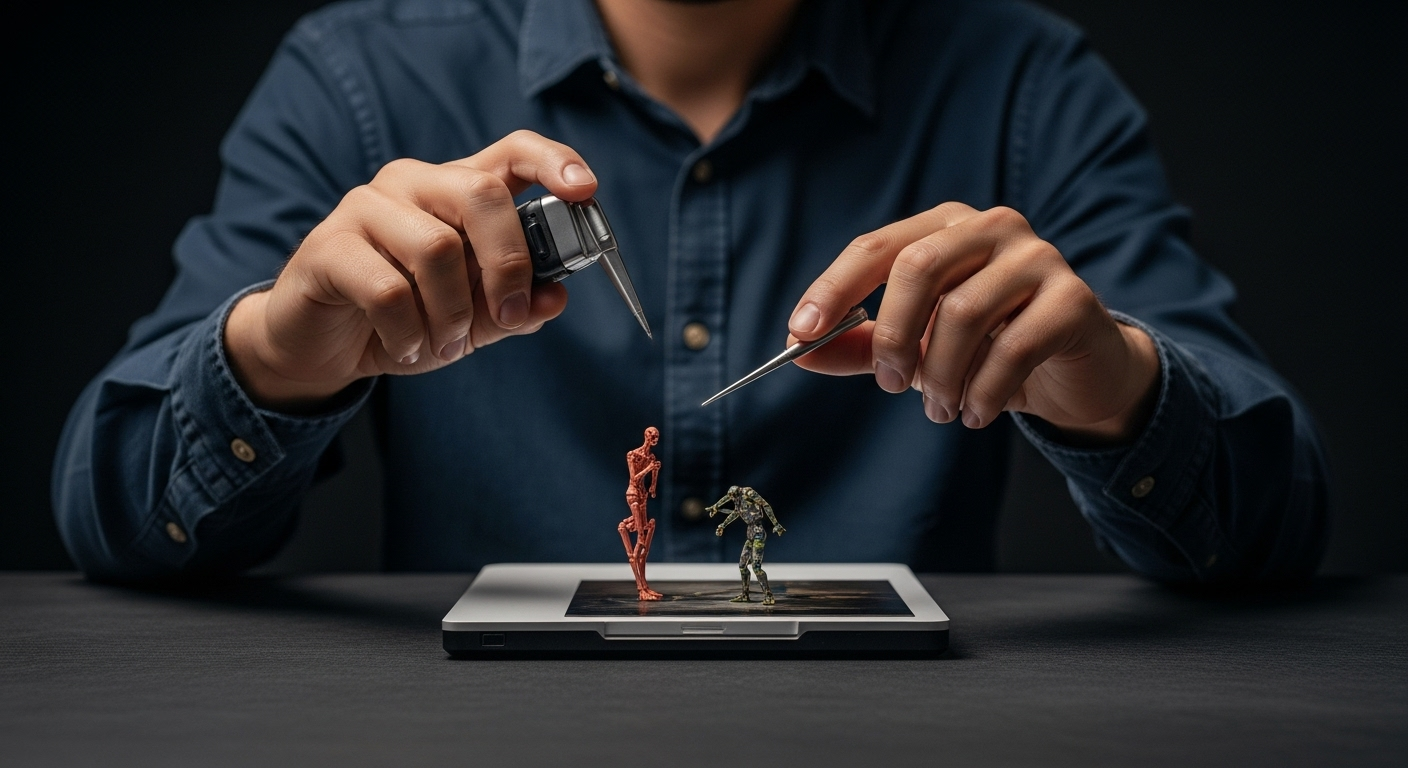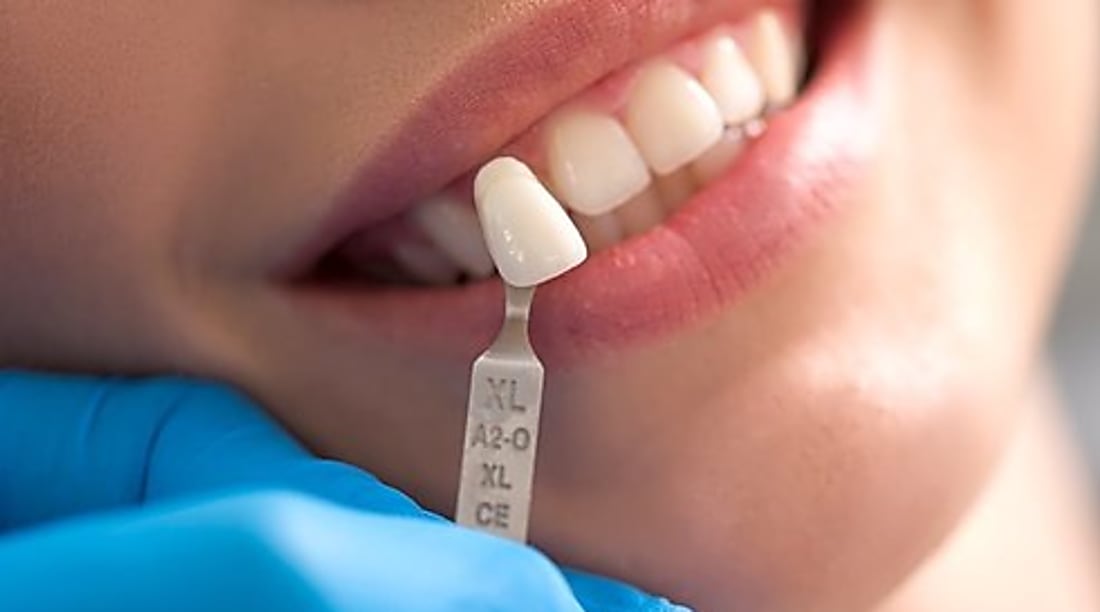Exploring Innovative Uses and Surprising Benefits of 3D Pen Technology for Everyday Creativity
Three-dimensional pens have revolutionized how we approach creativity, problem-solving, and artistic expression in our daily lives. These handheld devices, which extrude heated plastic filament to create three-dimensional objects, offer unprecedented opportunities for innovation across education, art, and practical applications. From fixing household items to creating intricate sculptures, 3D pen technology bridges the gap between imagination and tangible reality, making advanced manufacturing accessible to everyone.

What Are the Most Unexpected Creative Applications with 3D Pens?
Beyond traditional art projects, 3D pens excel in surprising applications that showcase their versatility. Interior designers use them to create custom lampshades, decorative wall elements, and unique furniture accents. Fashion enthusiasts craft jewelry, accessories, and even structural elements for avant-garde clothing pieces. Garden enthusiasts employ 3D pens to design plant supports, decorative garden stakes, and custom planters that perfectly fit specific spaces.
Makers and hobbyists have discovered that 3D pens excel at creating custom gaskets, prototype components, and specialized tools. The ability to work freehand allows for organic shapes and curves that would be challenging with traditional 3D printers, opening possibilities for sculptural elements in architecture and product design.
How Can Everyday Problem-Solving Techniques Using 3D Pens Help?
The practical applications of 3D pens for household problem-solving are remarkably diverse. Broken plastic components can be reinforced or completely rebuilt using compatible filament materials. Common repairs include fixing eyeglass frames, mending toys, reinforcing cable management systems, and creating custom brackets for organizing spaces.
Kitchen applications include crafting custom utensil holders, creating non-slip surfaces for cutting boards, and designing specialized serving pieces. In workshops, 3D pens help create custom drill guides, cable organizers, and temporary jigs for woodworking projects. The immediate nature of 3D pen work makes it ideal for quick fixes that don’t require the setup time of traditional 3D printing.
What Expert Insights on Artistic Expression Through 3D Pen Sculpting Reveal?
Professional artists and sculptors have embraced 3D pens as legitimate artistic tools, praising their ability to create flowing, organic forms. The technique requires understanding how different temperatures affect filament flow, how to build structural integrity in three-dimensional space, and how to blend colors effectively during the creation process.
Successful 3D pen sculptures often incorporate traditional art principles like composition, proportion, and color theory, but with the added dimension of spatial construction. Artists recommend starting with simple geometric forms before progressing to complex organic shapes, emphasizing the importance of working in layers to build structural stability while maintaining artistic vision.
Which Innovative Educational Projects Made Possible by 3D Pens Stand Out?
Educational institutions worldwide have integrated 3D pens into curricula spanning science, technology, engineering, arts, and mathematics. Students create molecular models for chemistry classes, geometric shapes for mathematics visualization, and historical artifacts for social studies projects. The tactile nature of 3D pen work enhances learning retention and provides kinesthetic learners with hands-on educational experiences.
Notable projects include creating topographical maps for geography lessons, building architectural models for history classes, and designing custom laboratory equipment for science experiments. Special education programs have found particular success using 3D pens to help students with different learning styles engage with abstract concepts through physical creation.
What Makes 3D Pen Technology Unique in Global Creative Communities?
Worldwide creative communities have embraced 3D pen technology for its accessibility and immediate results. Unlike traditional 3D printing, which requires computer skills and file preparation, 3D pens allow direct creation without digital intermediaries. This has democratized three-dimensional creation, making it accessible to users regardless of technical background.
International maker spaces and community centers increasingly offer 3D pen workshops, fostering collaborative learning environments where experienced users mentor newcomers. The relatively low barrier to entry has enabled rapid adoption across diverse cultural contexts, with users adapting the technology to local artistic traditions and practical needs.
How Do Different 3D Pen Models Compare for Various Applications?
| Product Model | Manufacturer | Key Features | Price Range |
|---|---|---|---|
| 3Doodler Create+ | WobbleWorks | Multi-speed control, compatible with multiple materials | $75-$100 |
| SCRIB3D P1 | SCRIB3D | Precision temperature control, ergonomic design | $45-$65 |
| MYNT3D Professional | MYNT3D | OLED display, stepless speed control | $60-$80 |
| XYZprinting da Vinci 3D Pen | XYZprinting | Cool ink technology, child-safe operation | $30-$50 |
Entry-level models typically range from $30-$50, while professional-grade devices cost $75-$150. Factors affecting price include temperature precision, material compatibility, ergonomic design, and safety features. Higher-end models offer better control for detailed work, while budget options suffice for basic applications and learning.
Prices, rates, or cost estimates mentioned in this article are based on the latest available information but may change over time. Independent research is advised before making financial decisions.
What Are the Best Practices for Achieving Lasting Results with 3D Pen Technology?
Success with 3D pen technology requires understanding material properties, temperature management, and structural design principles. Quality results depend on consistent filament temperature, steady hand movement, and proper layer adhesion techniques. Users should practice basic shapes before attempting complex projects, gradually building skills in spatial reasoning and material manipulation.
Maintenance practices include regular nozzle cleaning, proper storage of filament materials to prevent moisture absorption, and calibrating temperature settings for different material types. Documentation of successful temperature and speed combinations helps replicate positive results across projects.
The evolution of 3D pen technology continues to expand creative possibilities, making three-dimensional creation more accessible than ever before. As materials science advances and device precision improves, these tools will likely become even more integral to educational curricula, professional design workflows, and personal creative expression. The combination of immediate results, tactile engagement, and unlimited creative potential positions 3D pens as transformative tools for innovation across multiple disciplines.




